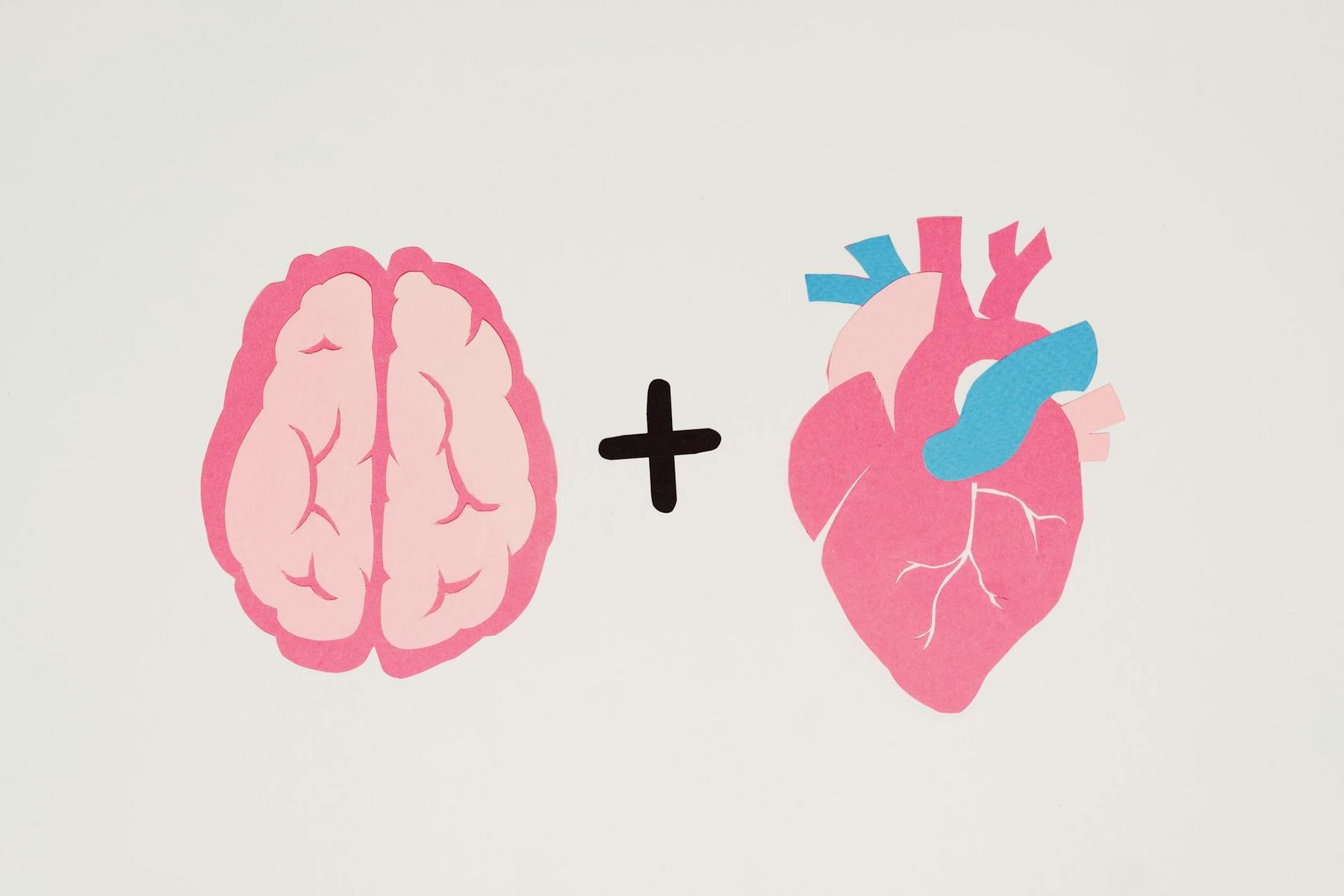In a world where notifications constantly ping, deadlines loom, and the pace of life continues to accelerate, our bodies are engaged in an ancient dance of survival mechanisms that evolved thousands of years ago. Every racing heartbeat during a presentation, every tense moment in traffic, and every sleepless night before an important event represents your autonomic nervous system working tirelessly behind the scenes. Understanding how this remarkable biological network orchestrates our stress responses isn’t merely academic curiosity—it’s fundamental knowledge that illuminates why our bodies react as they do in our modern environment.
What Is the Autonomic Nervous System and How Does It Control Our Bodies?
The autonomic nervous system represents one of the most sophisticated control mechanisms in human physiology, operating continuously without conscious oversight to maintain homeostasis and coordinate responses to environmental changes. This intricate network consists of three primary divisions: the sympathetic nervous system, the parasympathetic nervous system, and the enteric nervous system, each serving distinct yet interconnected functions.
The sympathetic division, often characterised as the “accelerator” of human physiology, prepares the body for action during perceived threats or challenges. When activated, it triggers the release of norepinephrine and epinephrine, causing immediate physiological changes including increased heart rate, elevated blood pressure, dilated pupils, and redirected blood flow from digestive organs to skeletal muscles.
Conversely, the parasympathetic division functions as the body’s “brake system,” promoting rest, recovery, and maintenance activities. Through the release of acetylcholine, primarily via the vagus nerve, this system decreases heart rate, stimulates digestive processes, constricts pupils, and facilitates cellular repair mechanisms.
The enteric nervous system, sometimes called the “second brain,” governs gastrointestinal function through an extensive network of neurons embedded within the gut wall, highlighting the profound connection between emotional states and digestive health.
How Do Sympathetic and Parasympathetic Systems Work Together?
The relationship between sympathetic and parasympathetic divisions exemplifies biological balance, with each system providing counterregulation to maintain physiological equilibrium. During periods of perceived safety, parasympathetic activity predominates to support digestion, immune function, tissue repair, and memory consolidation. The vagus nerve, the longest cranial nerve, serves as a primary conduit for these signals.
When threats emerge, sympathetic activation rapidly shifts physiological priorities, engaging both immediate neural and hormonal responses through mechanisms such as the hypothalamic-pituitary-adrenal axis.
| System Component | Sympathetic Response | Parasympathetic Response |
|---|---|---|
| Heart Rate | Increased (60-100+ bpm) | Decreased (50-70 bpm) |
| Blood Pressure | Elevated | Reduced |
| Breathing | Rapid, shallow | Slow, deep |
| Digestion | Inhibited | Stimulated |
| Pupil Size | Dilated | Constricted |
| Muscle Tension | Increased | Relaxed |
| Energy Utilisation | Glucose mobilisation | Conservation and storage |
What Are the Four Primary Stress Responses?
Modern neuroscience recognises four primary stress responses: fight, flight, freeze, and fawn. Each response is an adaptive mechanism triggered by the nature of the perceived threat and individual circumstances.
- The fight response mobilises the body for confrontational action, enhancing muscle tension and alertness.
- The flight response prepares the body for rapid escape with heightened cardiovascular and respiratory function.
- The freeze response involves temporary immobilisation while maintaining alertness, suitable for uncertain threats.
- The fawn response entails appeasing potential threats through compliance or submission when other responses may be dangerous.
How Does Chronic Stress Impact Autonomic Function?
Chronic stress shifts the autonomic balance toward sympathetic dominance and reduces parasympathetic recovery. This state of allostatic load results in sustained elevation of stress hormones like cortisol, epinephrine, and norepinephrine, contributing to cardiovascular, metabolic, and cognitive impairments. Reduced vagal tone further compromises the body’s natural recovery processes, creating a cycle of poor stress resilience.
What Modern Research Reveals About Stress Response Mechanisms?
Contemporary research is uncovering the sophisticated mechanisms of autonomic regulation. Neuroimaging studies reveal real-time brain activity during stress, emphasizing the role of the vagus nerve in stress resilience. Additionally, emerging insights into the gut-brain axis suggest that intestinal bacteria play a pivotal role in modulating stress hormones and immune function. Genetic factors further explain individual differences in stress responses, paving the way for personalised stress management strategies.
Supporting Your Autonomic Balance Through Understanding
Understanding the interplay between the sympathetic and parasympathetic systems equips us with the knowledge to better manage stress. Recognising individual stress response patterns enables personalized strategies that foster resilience and promote overall health. As modern research continues to shed light on these ancient survival mechanisms, we gain valuable insights that empower us to support our body’s natural balance and recovery processes.
Looking to discuss your health options? Speak to us and see if you’re eligible today.
How long does it take for the autonomic nervous system to return to baseline after stress?
The autonomic nervous system typically returns to baseline within 20-30 minutes after acute stress, though this can vary based on factors such as fitness level, stress severity, and overall health.
Can breathing techniques actually influence autonomic nervous system function?
Yes, controlled breathing influences autonomic function through the vagus nerve. Specific breathing patterns, especially those with longer exhales than inhales, can activate parasympathetic responses and promote relaxation.
What role does sleep play in autonomic nervous system recovery?
Sleep is crucial for autonomic recovery. Deep sleep supports parasympathetic activity and stress hormone regulation, while REM sleep aids in emotional processing and memory consolidation.
How does age affect autonomic nervous system function?
Ageing generally reduces autonomic flexibility and parasympathetic activity, making stress recovery slower. However, regular exercise, stress management, and social connections can help mitigate these effects.
Are there measurable indicators of autonomic nervous system health?
Yes, indicators such as heart rate variability, blood pressure patterns, stress hormone levels, and vagal tone measurements are used to assess autonomic balance and stress resilience.













